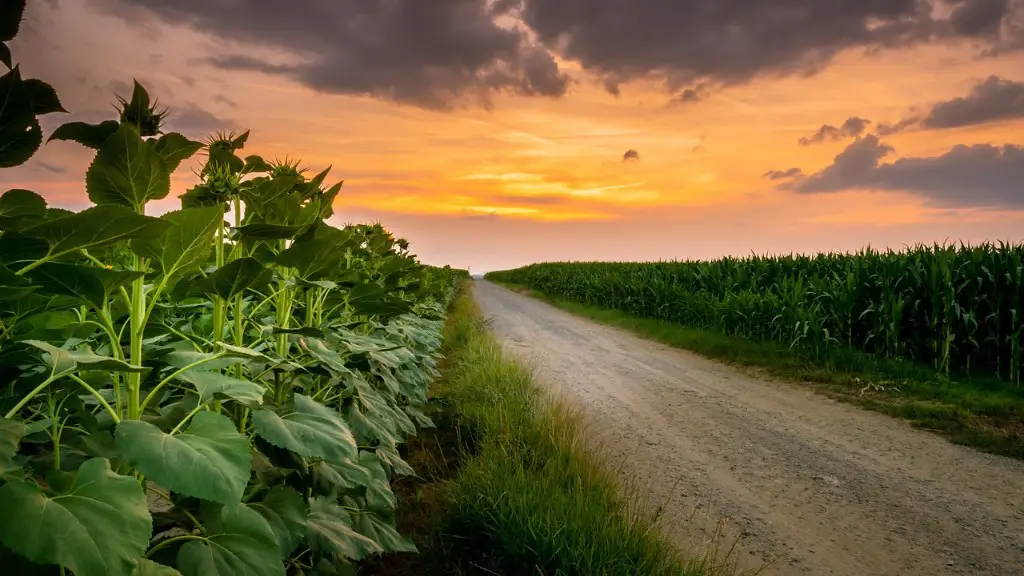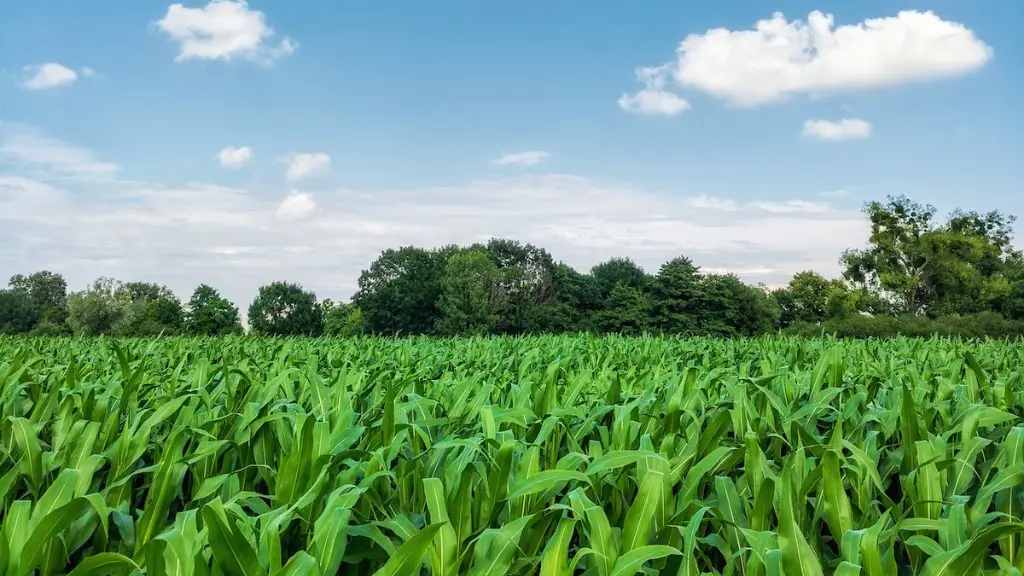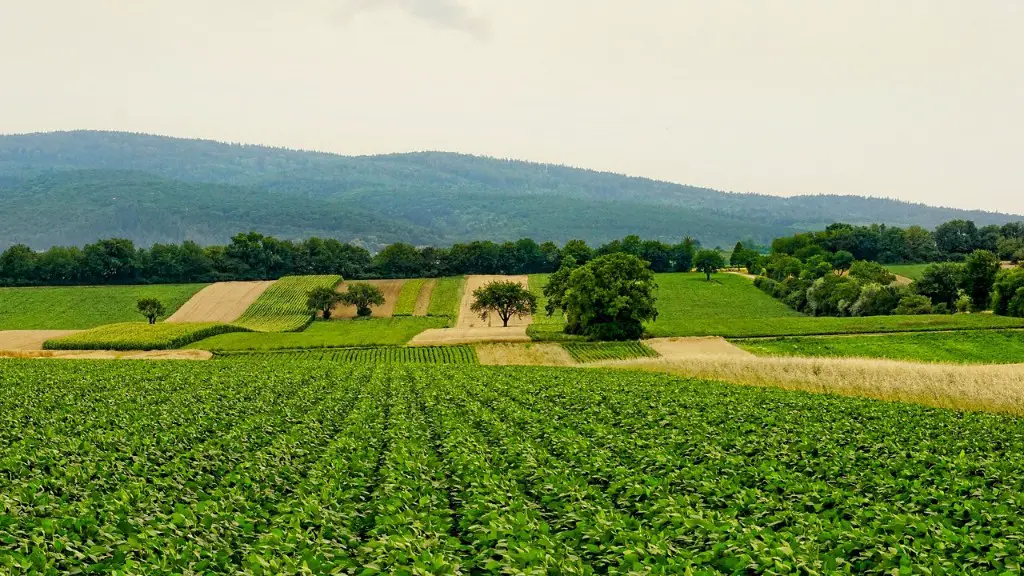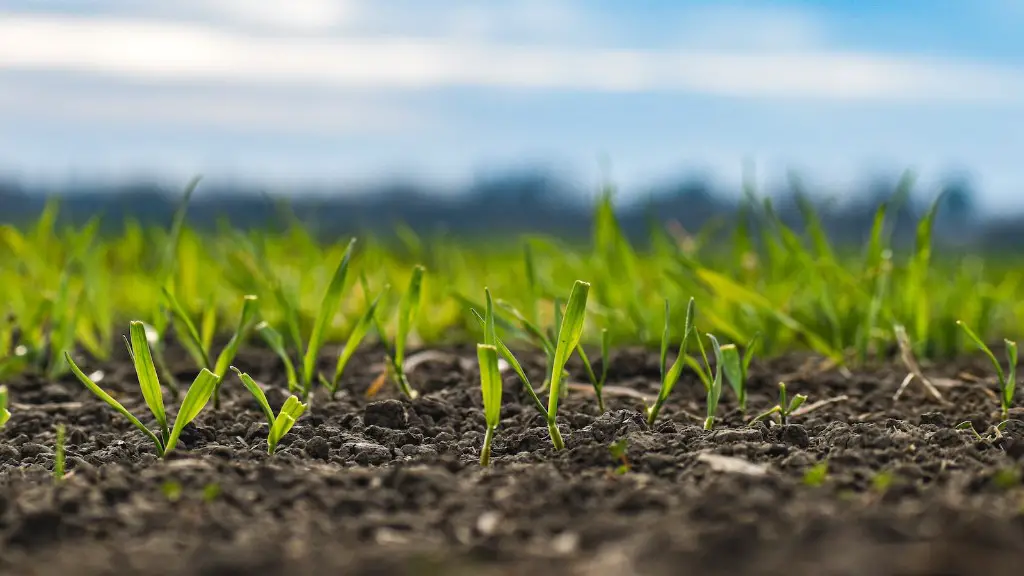Mulching is the process of covering up and protecting the surface of the soil in agricultural systems. This is done with a variety of materials, including plastic sheets, cardboard, and organic matter such as hay, straw, leaves, and bark. Depending on the purpose and the scale of the operation, there are both large and small applications of mulch in agriculture. Mulching is used to reduce the growth of weeds and to help maintain the temperature and moisture of the soil. It also helps to conserve water, reduce run-off, and protect the soil from erosion due to wind, rain, and other environmental influences.
Benefits of Mulching in Agriculture
Mulching can be beneficial for farmers in many ways. Firstly, it helps the soil retain moisture, which reduces the need for frequent irrigation. This can save farmers a significant amount of time and energy in the long run. Secondly, mulching can protect crops from harsh weather conditions and allow them to thrive in a more stable environment. For instance, mulching can help keep the soil temperature even, reduce the effects of wind, and protect delicate seedlings from strong winds.
Thirdly, mulching can act as a form of weed control by preventing the growth of weeds before they set seed or spread. This helps to increase the productivity of the soil and to minimize the amount of manual labor required to manage it. Fourthly, mulching can help prevent soil erosion and protect the soil from the erosive effects of wind, rain, and other environmental factors.
Finally, mulching can improve the health of the soil by providing essential organic matter and minerals, and the decomposition of organic materials can also create nutrients that help to support the growth of crops. Mulching also helps to buffer soil pH, improve the soil structure, and reduce the risk of compaction.
Types of Mulching in Agriculture
Mulching can be done in a number of ways in agricultural systems. For example, plastic sheeting can be used to create a barrier between the soil and the elements, or organic mulches such as straw, hay, and bark can be placed on top of the soil to help protect and nourish it. In some cases, farmers may choose to use a combination of both types of mulching materials depending on the specific requirements of their operation.
Organic mulches are particularly effective since they decompose and release nutrients into the soil, helping to improve its health. They are also effective at suppressing weed growth and retaining moisture. However, organic mulches can also provide habitat for pests and disease, so careful consideration should be taken before using them.
Synthetic mulches such as plastic or rubber can be an effective form of weed control and they may also help to increase the soil’s temperature and moisture. However, they are generally more costly and less effective than organic mulches. As with organic mulches, synthetic mulches should also be used with caution, as they can create a favorable environment for pests and disease.
Mulching in Organic and Sustainable Agriculture
Mulching is an important part of organic and sustainable agricultural systems. When used properly, it can create a more beneficial environment for plants, reduce inputs and labor, and increase profits. Organic mulch materials can be beneficial because they add organic matter to the soil and provide essential nutrients and minerals. This helps to improve the fertility of the soil, reduce the need for chemical fertilizers, and improve the health of the crops.
Organic mulching can also help reduce pest and disease problems by creating an environment that is less favorable for them to thrive. This in turn can reduce the need for pesticides and other forms of chemical control. Finally, organic mulching can help reduce soil erosion and improve the water-holding capacity of the soil.
Mulching Practices for Different Crops
Mulching practices should be tailored to the specific needs of each crop. For example, some crops may require more frequent mulching while others may only need to be mulched once or twice per growing season. It is important to consider the type of crop, the climate and soil type, and the length of the growing season when determining the appropriate mulching practices.
In addition, it is important to consider the type of mulch to be used. Organic mulches are generally preferable since they provide essential nutrients to the soil and reduce the need for chemical fertilizers. However, synthetic mulches may also be used in some cases, such as in arid or hot climates to provide additional protection from heat or drought.
Achieving Optimal Mulching Practices
When implementing mulching practices, farmers should strive to minimize labor, energy, and input costs while ensuring maximum benefits from their use. To do this, it is important to choose the appropriate type of mulch for the specific climate, soil type, and crop type. It is also important to pay attention to factors such as the timing of mulching, the thickness of the mulch, and how often it needs to be applied.
Finally, it is important for farmers to monitor the effects of mulching and make adjustments to their practices as needed. This can help ensure that the maximum benefit is attained from the use of mulching practices and that they are being used in the most efficient and effective manner.



